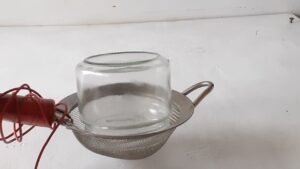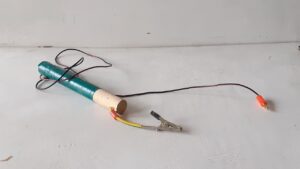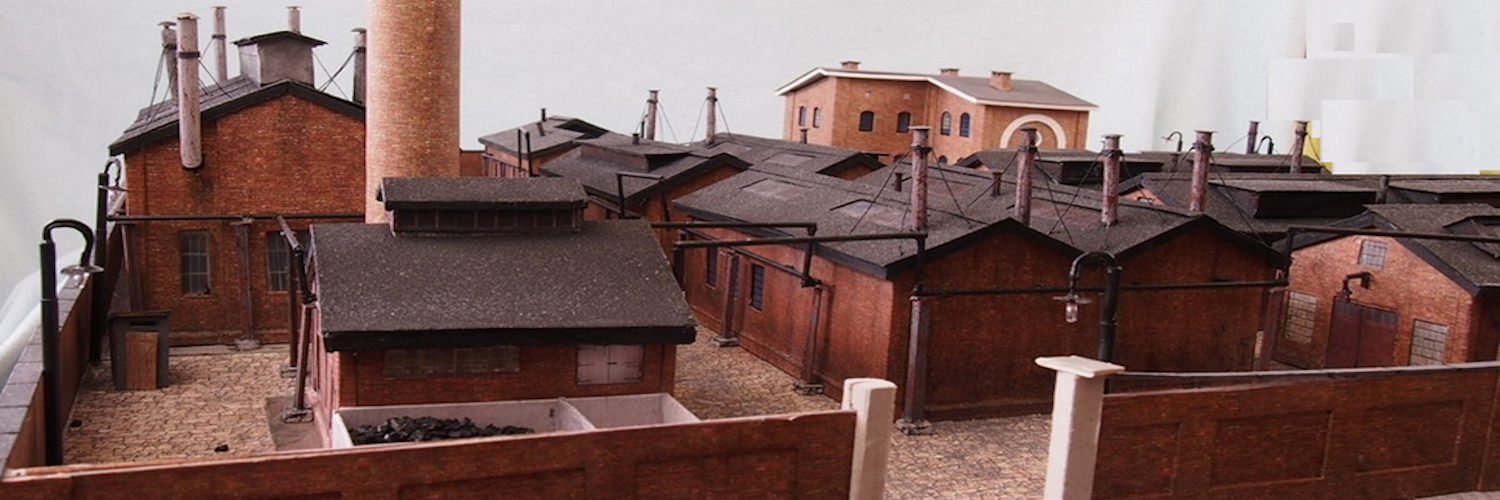Static Grass Techniques for Model Scenery: Tips and Tools
Discover the versatility of static grass applicators, from tea strainers for fine detailing to vegetable strainers for covering larger areas efficiently. Explore innovative DIY solutions like using mason jars as shakers and inverted pans as flock boxes, minimizing costs while maximizing effectiveness.
Unleash your creativity by adding static grass to trees, bushes, and vines, enhancing realism with every detail. Whether it’s creating flower beds or mimicking tree branches, find inspiration and practical tips for every project.
Page Contents
- Glues And Glue Applicators
- Static Grass Applicators
- Static Grass General Application And Grooming
- Static Grass For Bushes And Vines
- Static Grass Storage
- Static Grass As Tree Branches
- Flock Boxes
Glues And Glue Applicators
To lay grass use a simple PVA glue undiluted. If you are going to use multiple layers of grass, need a layering spray. Brush PVA glue over the area on which you wish to add the extra layer. In some cases, we’ll learn this by experience and practice, you may want to dilute that glue.
To apply the glue for laying grass, and some using a simple applicator and then brush it thin.
To add static grass to trees such as wire trees or seafoam, to have a spray bottle. Spray bottle you add PVA glue diluted to about 50% with water. To make it flow a little better through the nozzle, you can add a little bit of dish detergent.
The techniques described above are all shown in our video series that you find at this link. Click Here.
Static Grass Applicators
Static grass applicator used with these dispensers is the StaticGrassKing that is made from a kit. You can also use your own static grass applicator that is made using a 15 Kv DC ion generator.
 The image to the left shows the static grass applicator used with all the dispensers below. You can get that kit at this link. Click Here. And you can get a free book on how to make that at this link. Click Here
The image to the left shows the static grass applicator used with all the dispensers below. You can get that kit at this link. Click Here. And you can get a free book on how to make that at this link. Click Here
If you wish to build your own static grass applicator using only the anion generator and parts that you supply, get an ion generator at this link Click Here . And you can get a free book on how to use an ion generator to make a static grass applicator at this link. Click Here
Note that in all cases the dispensers connect to the static grass applicator using male banana plugs.
Static Grass General Application And Grooming
What follows are a series of grass dispensers used to and grass to anything. My that I mean you can use it to lay grass on a substrate or add grass to trees or anything else.
Tea Strainer

A tea strainer is the grass dispenser of choice for finer work. Use it simply as a dispenser or as a grooming tool.
There are instances where your grass for one reason or another may not be standing the way you want. That often happens along fences and other borders. Turning the tool on its side to use the concentrated static field in the rim of the strainer moves the grass nicely.
And when adding grass to ditches, streams and other narrow areas, adding it with you fingers gives you the ultimate control. Then groom the grass with the strainer on its side. Watch that done in this video. Click Here.
Vegetable Strainer

The basic tool for covering large areas is a vegetable strainer. The mesh can be fairly coarse and you can load it with a good amount of grass. When making meadows, there is plenty of room to add a significant load of grasses of different sizes and colors.
It is very useful when you want to add grass in an area with low overhead clearance. So you can now add grass to places that were impossible to reach with a shaker style grass applicator.
Vegetable Strainer Shaker Applicator

You may wish to use a shaker for fast, large area coverage. So just put your grass in a jar and invert it in the vegetable strainer. You can hold the jar in place with your fingers without getting a shock.
When you finish with that grass, turn the strainer over and tap the grass into the jar. Cover and label the jar for convenient use of that grass some other time.
Jars For Storage And Shaker Dispensers
On the left is a glass jar that I use to store my static grass. When I want to lay that grass on a large area with a Shaker type dispenser, I take a top of a similar jar that has a wire screen and put the wire screen right on top of that jar. I can then immediately lay the grass.
If the jar top that has the wire screen is different than the jar in which I am storing the grass, simply pour the grass into inappropriate size jar and proceed forward.
Storing the grass in glass jars is extremely convenient. Aces properly labeled, I have, and I don’t struggle putting static grass into and out of plastic envelopes.
Mason Jars For Storage And Grass Dispensers

This is another version of what I showed you above.
Mason jars make great shakers. Make one screen top. Keep your various grasses in other small covered jars. Then just move the screen top from jar to jar to change the grass.
Grounding Wires
You need a grounding wire to create the negative part of the static field. Here are three types of wires that I use.
One is a wire connected to an alligator clip. I can connect that alligator clip to a nail, a Flock box, or anything else.
And then there is one simply connected to a nail.
The third is a pin inserted into the end of a dowel. I use this to ground a very specific area. It is particularly convenient when I don’t want wires running around the area on which I am working. Those wires may interfere with my models, trees and whatnot. Why is this important? Because a wrong tug on a Wire can break any of these items. Be sure to make something like this.
Finger As Dispensers
Adding grass with your fingers is extremely effective when you are adding tufts to a scene, grass in gullies, or want to add grass without the use of a static grass applicator.
I find this useful when making flowers, reed beds, gardens, and even tree branches. Watch this technique here.
Static Grass For Trees, Bushes, Vines
Static grass really enhances the look of your trees bushes and vines. You can add it directly to plastic armatures, bottle brush trees, string or anything else. You can see this and much more on adding using static grass in our web page that lists many tutorials on how to use it. Click here.
Flock Boxes

If you need a flock box, just use an inverted pan or sheet of metal which you connect in place of the grass dispenser. It’s simple, effective and no cost.

With that flock box you might want to use this special holding tool. It is nothing more that an alligator clip on the end of a wire mounted on a wood dowel.
Add a piece of metal screen to make tufts.
Add a spoon or small piece of flat metal to create a concentrated static field for grooming your grass or trees.
Use it to add fine branches to plastic and wire trees.
Feedback
Your questions and comments help us clarify and upgrade the information presented. Even if you find this helpful, please tell us.
Please let us know if this page has been helpful And if you have questions or suggestions, use this spam free system.
Or use the green WhatsApp button that is to the right.



